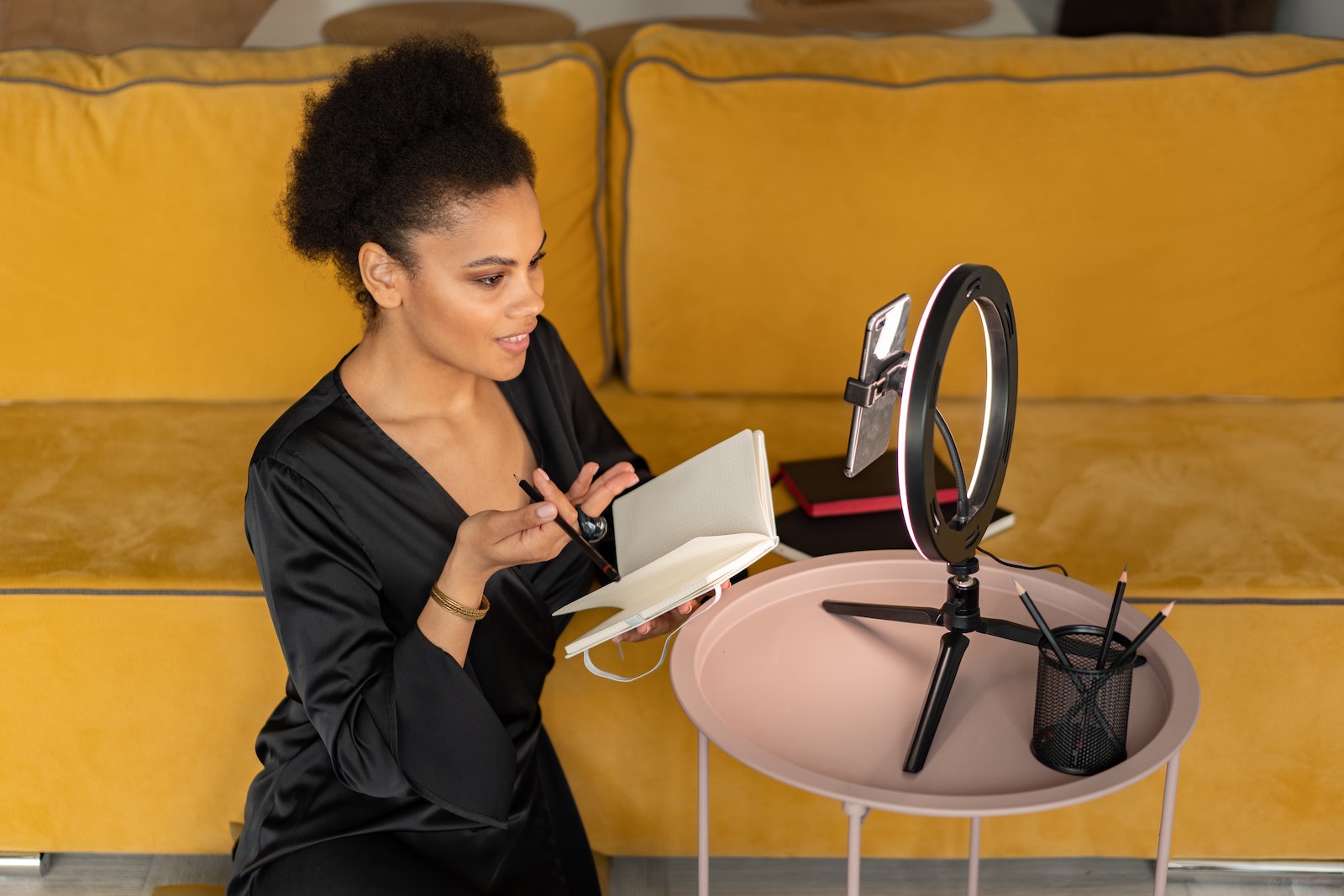We don’t like to ruffle feathers, but we think it’s time we talk about a kind of controversial topic – deinfluencing. It sounds contrary to everything content creators know and love. Showcasing your expertise to convince audiences to buy a product, even when that product is sometimes your own course or downloadable content. But, content creators have unlocked a whole new world and there are benefits to embracing the new trend.
What is deinfluencing?
Let’s start at the beginning. What is “deinfluencing”? The word cropped up at the beginning of the year and videos using the hashtag are rapidly approaching 100 billion views. In deinfluencing videos, content creators discuss why they don’t love a popular (usually expensive) product. Even Bethenny Frankel, the founder of SkinnyGirl, has hopped on the trend – although she might not even know it.
An example of deinfluencing
Frankel’s Instagram has become a space for her to pit expensive hair and makeup products against drug store and budget-friendly ones. Recently, she offered the counter-narrative that the Drunk Elephant Sunshine Drops that you’ve probably seen all over your TikTok feeds are over-hyped. Instead, she suggested the Dr. Hauschka Translucent Bronzing Tint, which is about $20 less than the Drunk Elephant product.
While Frankel regularly evaluates products from a CEO’s perspective – analyzing everything down to the practicality of the packaging–she’s embracing the essence of deinfluencing. The Dyson Airwrap has become one of the biggest victims of deinfluencing, with content creators jumping on the trend to promote cheaper alternatives. Frankel declared it not worth the money.
Is it just influencing in disguise?
One of the obvious pitfalls of deinfluencing is that even deinfluencing can be influencing. If you’re convincing your audience to buy a product – even as an alternative to a popular one – you’re technically influencing them.
But, it’s a strategy that can help build credibility with your audience. By going against the grain, you’re showing your audience that they can trust your opinion and that you form your own. This gives your audience something they can’t get elsewhere, which drives up the appeal of your content and can help build a loyal following.
Deinfluencing in a recession
Alyssa Kromelis, whose deinfluencing video has over 5 million views, told HuffPost that she considers her influencing as being geared toward an audience living in a recession. Noting the price of eggs, she said she recognized people don’t want to be told to buy a $30 lip gloss.
“As our economy in the U.S. has taken a turn for the worse, people have less and less disposable income to spend on their personal care,” she said. “So by offering more affordable options, or dupes, I’m allowing people to still feel like they’re still part of trends that are going on.”
Audiences feeling the strain of the economy might not be the only reason deinfluencing has become so popular. Economic downturns and stagnant user bases have taken a toll on content creators and the Financial Times noted that deinfluencing is a way for content creators to stand out from the pack.
Should you be deinfluencing?
Kromelis’ remark about the economy is a great example of shifting content to fit a changing audience. However, it’s important for content creators to stay true to the brand that they’ve built or they risk losing the people who helped them build the brand from the first follower. The part of deinfluencing that’s capturing audiences – aside from the budget-friendly price tags – is the look of honesty in the videos. If there’s a high-end product you believe in, don’t feel constrained by current trends to buck it because you could end up contradicting yourself and losing the trust of your audience.
But, if you’ve been thinking “I just don’t get the appeal” when thinking about a popular product or trend, now’s a great time to share it!
Join more than 150,000 creators who use Teachable to make a real impact and earn a real income.



.png)





